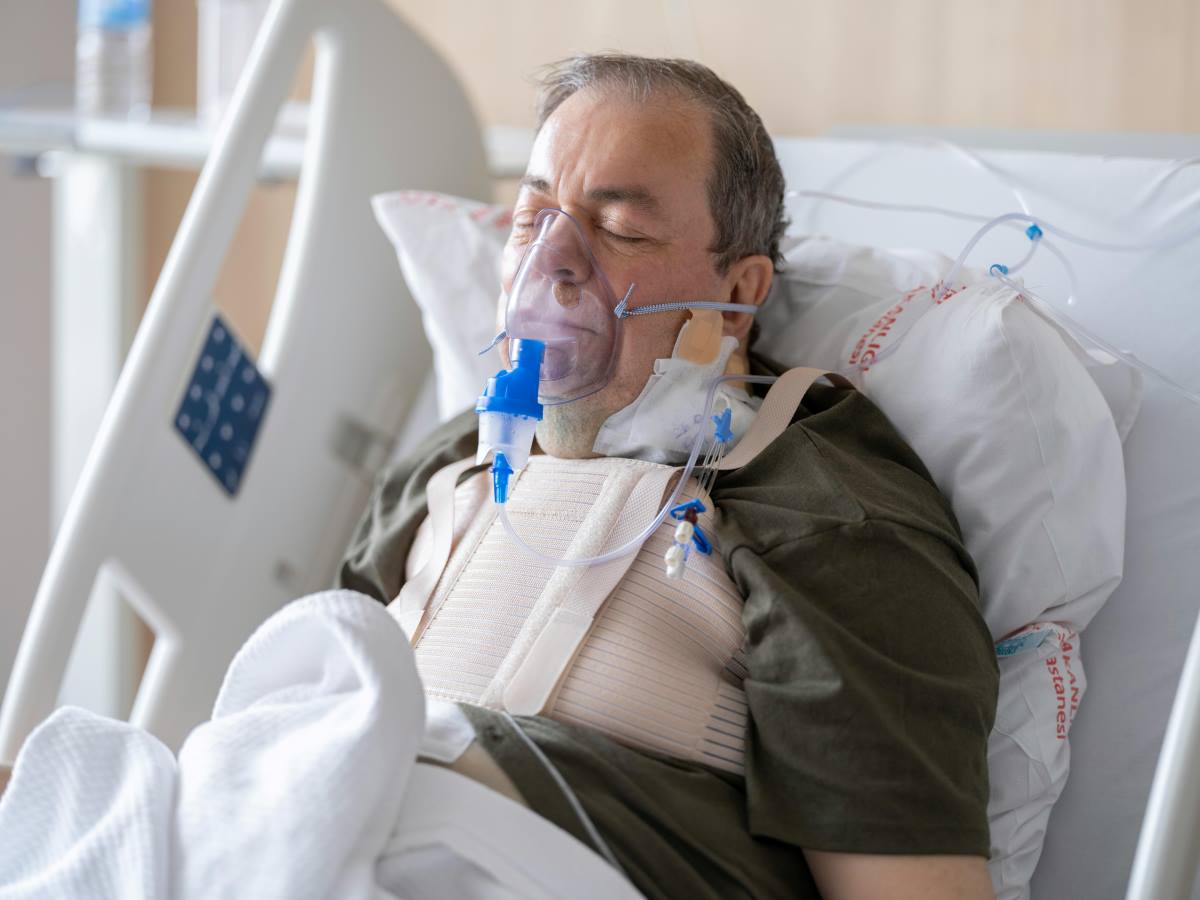Patient falls in hospitals are a major concern worldwide. According to the World Health Organization, falls are the second leading cause of accidental injury-related deaths. In healthcare settings, they not only endanger patients but also increase hospital costs and legal liabilities. With advancements in Artificial Intelligence (AI), hospitals are now leveraging AI-powered fall detection systems to monitor patients in real-time, reduce fall-related injuries, and enhance overall patient care.
What is AI Fall Detection?
AI fall detection uses sensors, cameras, and machine learning algorithms to monitor patient movements and detect potential falls. These systems analyze data from multiple sources, including motion patterns, posture, and environmental factors, to identify fall risks before or as they occur. When a fall is detected, alerts are sent instantly to healthcare staff, enabling rapid intervention.
How AI Fall Detection Works?
- Sensor-Based Monitoring:
Wearable devices, such as smart bracelets or patches, track patient motion and body orientation. Sudden changes in movement or abnormal postures trigger an alert. - Video Analytics:
AI-powered cameras use computer vision algorithms to monitor patient movements. The system can differentiate between normal activities (like walking or sitting) and potential fall scenarios. - Predictive Analytics:
Advanced AI models predict patients at high risk of falling by analyzing historical data, medical conditions, and movement patterns. This allows preventive measures to be implemented. - Real-Time Alerts:
Once a fall is detected, alerts are instantly sent to nurses or caregivers via mobile apps or hospital monitoring systems, ensuring immediate assistance.
Benefits of AI Fall Detection in Hospitals
- Enhanced Patient Safety:
Rapid detection reduces the severity of injuries, potentially saving lives. - Reduced Response Time:
Alerts ensure that medical staff can respond immediately, minimizing complications. - Lower Healthcare Costs:
Preventing falls reduces treatment costs associated with injuries, surgeries, and prolonged hospital stays. - Data-Driven Insights:
AI systems provide actionable insights on high-risk areas, patient behavior, and staff intervention efficiency. - Improved Staff Efficiency:
Automated monitoring allows staff to focus on critical care while AI handles continuous fall surveillance.
Challenges in Implementing AI Fall Detection
While AI fall detection offers numerous benefits, hospitals must consider:
- Privacy Concerns: Monitoring systems, especially cameras, must comply with patient privacy regulations.
- Integration with Existing Systems: AI solutions should integrate seamlessly with hospital management and alert systems.
- Cost of Deployment: Initial setup and maintenance costs can be significant, although they are often offset by long-term savings.
Future of AI in Patient Fall Prevention
AI fall detection is just the beginning. The next generation of AI systems will combine IoT, predictive analytics, and wearable technology to not only detect falls but also prevent them proactively. Hospitals will be able to create personalized patient safety plans, reducing incidents even further and improving patient satisfaction.

